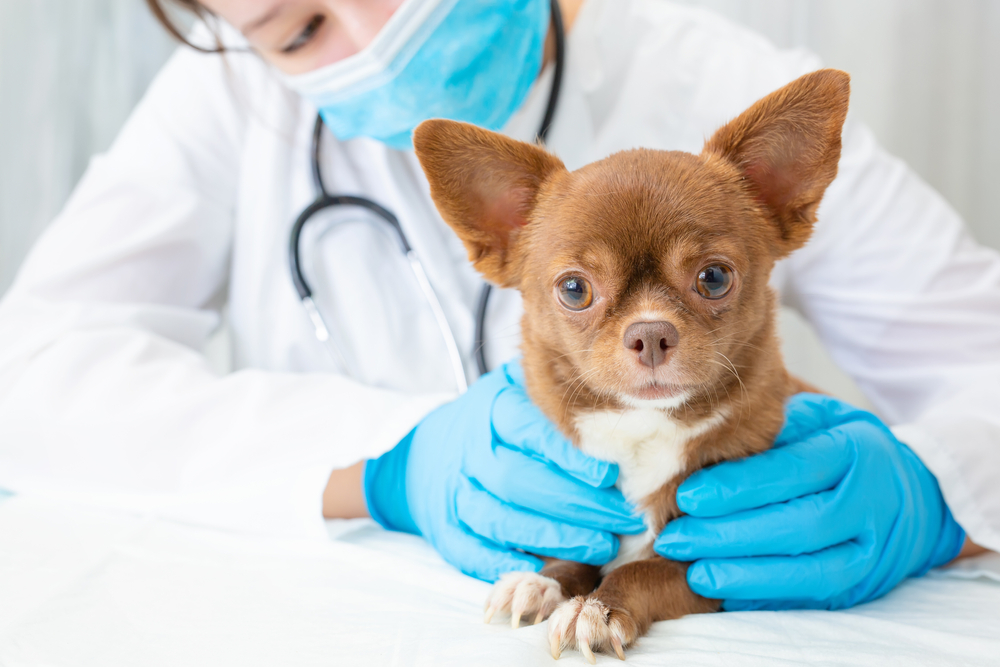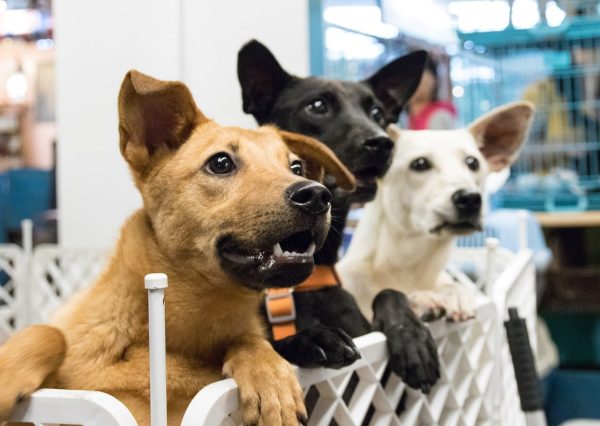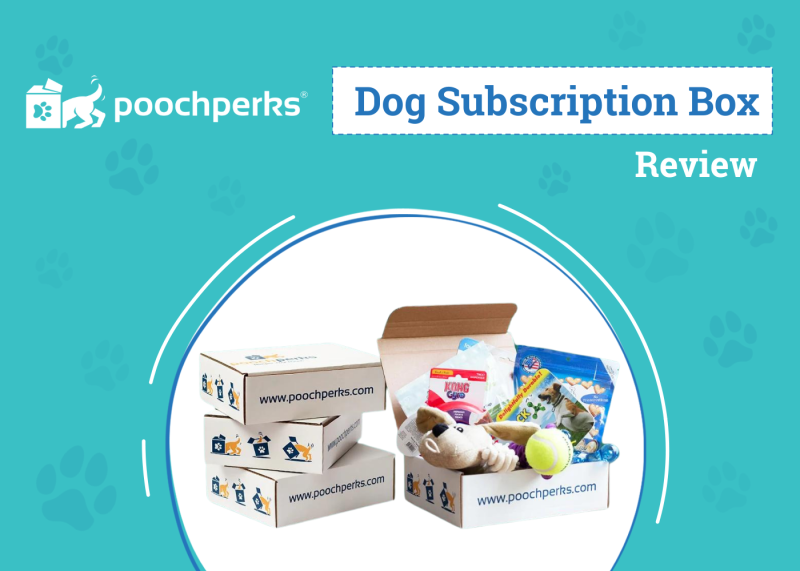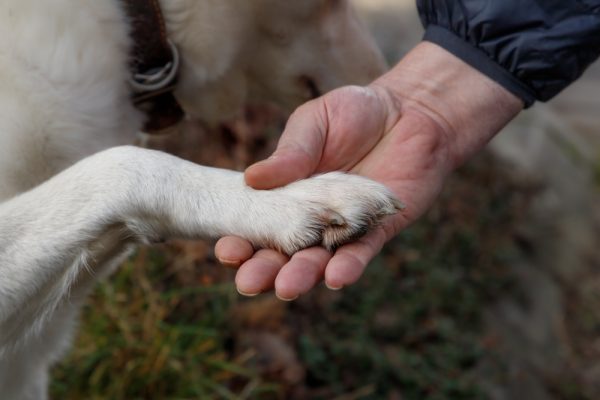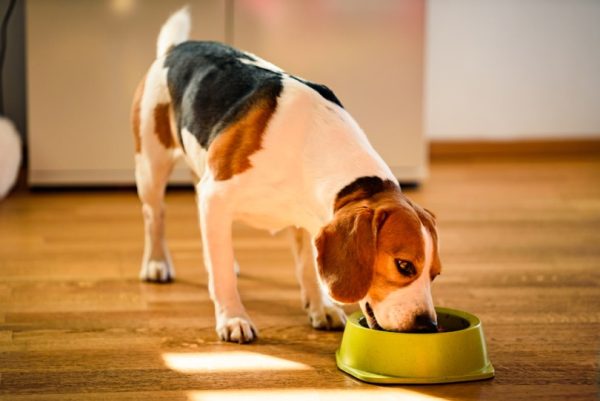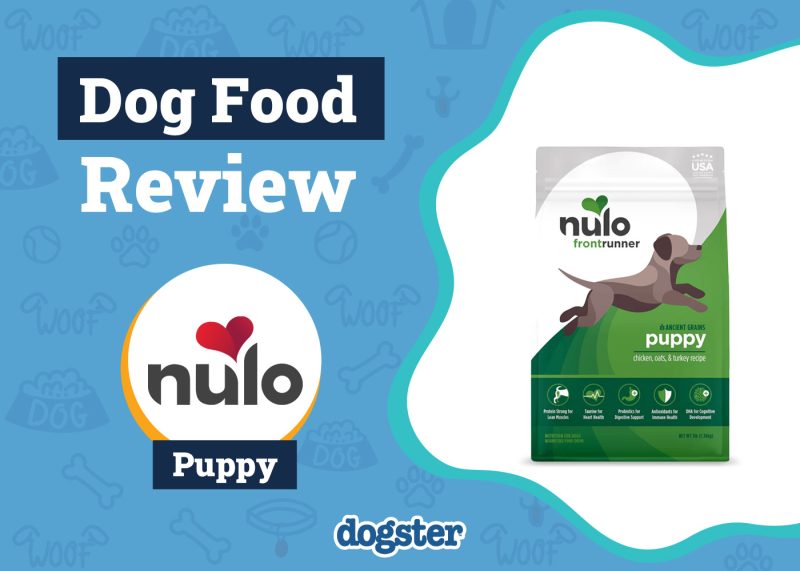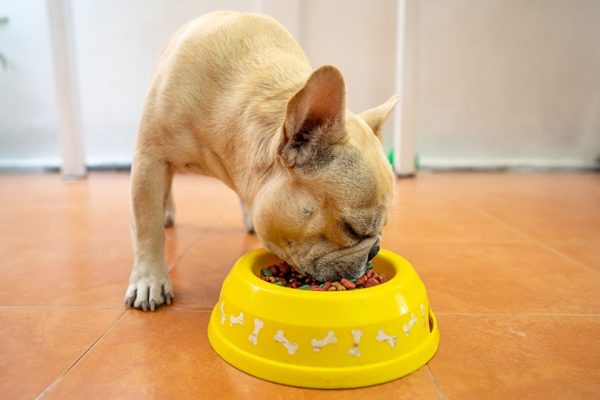In this article
Pectus excavatum and pectus carinatum are the most common chest bone deformities in dogs. Even though they are the most common, both conditions are still considered rare. Some dogs will have issues with these conditions, while others can live normal lives. Read on to learn more about these deformities below.

What Is Pectus Excavatum and Pectus Carinatum?
Pectus excavatum and pectus carinatum are uncommon congenital malformations of the chest wall. Pectus excavatum is when the sternum (breast bone) and cartilage of the ribs grow inwards (funnel chest). Pectus carinatum, also known as pigeon breast, is when the sternum and ribs grow and protrude outwards. From birth, you will be able to tell if your dog has either pectus excavatum or pectus carinatum. These are both considered congenital disorders — “a condition that is present and identifiable at birth” — also known as a birth defect.
What Are the Signs of a Chest Bone Deformity in Your Dog?
| Pectus Excavatum | Pectus Carinatum | |
| Sternum | Depressed inward (visible indentation) | Protrudes outward |
| Chest Appearance | Concave or sunken | Convex or bulging (rounded) |
| Severity | Can cause significant respiratory and cardiac issues | Usually less severe; may be linked to congenital heart problems |
| Other Signs | Difficulty and rapid breathing Wheezing Exercise intolerance |
Less common overall In severe cases, breathing difficulty and exercise intolerance may be present |
These are deformities present at birth. If your dog starts to have visible abnormalities in their chest shape at an older age, there is something else going on and you should seek veterinary care immediately.
Did you know you can speak to a veterinarian without having to travel? Just head over to PangoVet. It's our online service where you can talk to a vet online and get the advice you need for your pet — all at an affordable price!

Dog Breeds Most Affected By Chest Bone Deformities
These conditions are more commonly seen in brachycephalic breeds, but genetic predisposition can also play a role. The following breeds are reported to have a higher incidence:
- Maltese
- English Bulldog
- French Bulldog
- Pug
- Pekingese
- Shih Tzu
- Boston Terrier
- Boxers
- Dachshunds
- Chihuahua
- Welsh Terrier
- Welsh Springer Spaniel
What Are the Causes of Dog Chest Bone Deformities?
Both pectus excavatum and pectus carinatum are congenital, which means puppies are born with the condition. There is some evidence that the traits may be inherited. An inherited trait means that a trait or condition of one or both parents is passed on to the offspring. However, there are also cases of puppies born with either deformity to families with no other history of either condition. In other words, scientists and researchers are unsure if there is a genetic link at this time.
If your puppy has either pectus excavatum or pectus carinatum, it’s recommended that you get them spayed or neutered and do not breed them. Because both conditions are rare but sometimes inherited, there is no way to predict whether offspring will be affected. The responsible thing to do is not to risk passing down either deformity to future puppies.

How Do I Care for a Dog With Pectus Excavatum or Pectus Carinatum?

The care your dog will require depends on the severity of the condition. Unfortunately, some dogs will not survive if they are severely affected, as their lungs and heart won’t be able to function properly, and they, therefore, cannot sustain life. Other dogs may be surgical candidates to fix the condition, though routine surgery is not typical. This will need to be performed by a board-certified veterinary surgeon.
If your dog is born with either condition, it is best to keep them as quiet as possible and not allow them to wrestle, run, or play without supervision. Your dog may have exercise intolerance or become winded easily after exercise. Others may be more sensitive to touch or handling.

Frequently Asked Questions
Can My Dog Be Bred If They Have a Chest Bone Deformity?
It is recommended that you do not breed a dog affected with either chest bone deformity. Because scientists have not been able to find a genetic link, there is no guarantee that the puppies of such breeding won’t be born with severe abnormalities.
Where Can My Dog Have Surgery If They Have a Chest Bone Deformity?
Surgery should only be performed by a board-certified veterinary surgeon. Speak with a veterinarian about the closest specialty center to you. You may need to travel to a veterinary university since it’s a specialized procedure.
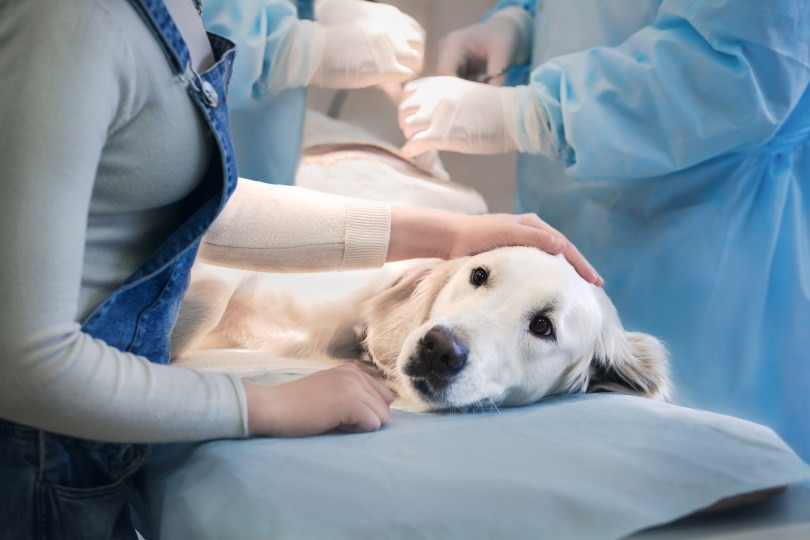

Conclusion
Pectus Excavatum and Pectus Carinatum are the most common chest bone deformities in dogs. Even though they are the most common, both are still considered very rare. The conditions are present at birth, and you will notice an obvious deformity in your puppy’s chest. The severity of the deformity will determine if there is any treatment available. Some dogs may be surgical candidates, but finding a surgeon who can perform the procedure may be difficult. Unfortunately, some puppies may not survive due to their birth defect.
Featured Image Credit: OLESYA BOLTENKOVA, Shutterstock
